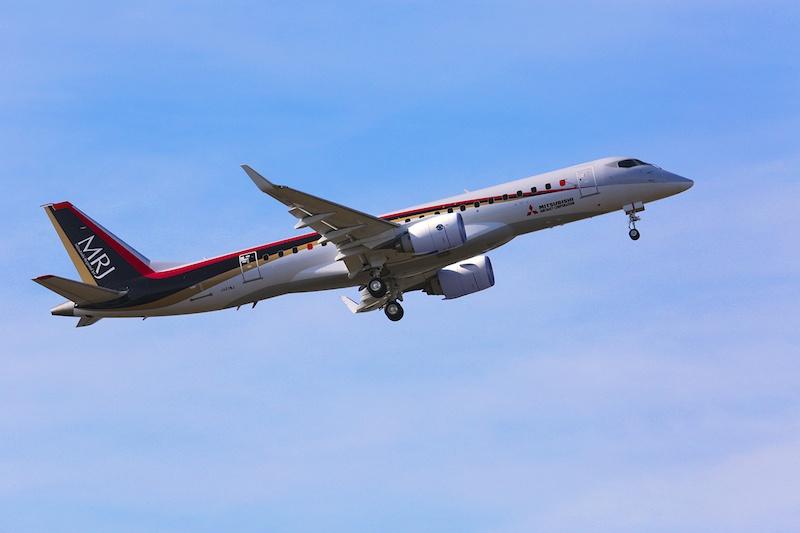
By John Mandyck, Chief Sustainability Officer for UTC
As incomes rise with the global middle class growing from 25 percent today to 60 percent in 2030, the remaining 82 percent of the world who have yet to step foot on an airplane will start flying in big numbers. So big the number of commercial airplanes is expected to double to around 44,000 in the next 20 years. Conventionally speaking, more air travel means an increase in carbon dioxide emissions from airplanes. But must it? I don’t think so.
Last week I released a white paper with Dr. Alan Epstein from jet-engine maker Pratt & Whitney. The paper details exciting new trends in green aviation technology that can allow the tremendous growth in air travel to happen more sustainably. With new international carbon dioxide regulations just adopted for airplanes, green aviation technologies must now lead the way.
Earlier this month, the United Nations International Civil Aviation Organization (ICAO) passed the world's first carbon dioxide emissions-reduction mandate for air travel. This is the COP21 Paris climate treaty equivalent for aviation. The new ICAO regulations:
- Aspire for carbon neutral growth for international air travel after 2020. Beginning in 2021, participating countries must not exceed carbon dioxide emissions levels consistent with carbon neutral growth by adopting new fuel efficient technologies, utilizing lower net carbon fuels, and/or investing in certified carbon offsets.
- Require that new airplanes certified after 2020 reduce carbon dioxide emissions substantially based on a metric accounting for aircraft size and weight.
How do we meet these new regulations? With technology:
1. Bet on gas turbines
The modern gas turbine engine is already the most fuel-efficient device for air transportation. In fact, the worldwide commercial gas turbine fleet averages 15 percent lower carbon dioxide emissions than a future grid-charged electric propulsion system, which will optimistically require several inventions and many years to reach fruition. Even so, the industry could find 1.5 to 2 percent of its annual carbon emissions reductions from enhancements in gas turbine propulsion.
Typically, equipment manufacturers have improved fuel efficiency and carbon reduction by 1 to 1.5 percent on an annual basis. Enhancing gas turbine technology can increase that by at least a half percent. That’s a huge number! What’s more, Pratt & Whitney just released its Geared Turbofan engine that reduces carbon emissions by 16 percent, particulate emissions by 50 percent and noise footprint by 75 percent.
2. Enhance design, operations and infrastructure
Another 0.50 to 1 percent improvement in annual emissions could come from new efficiencies and enhancements to general operations and industry infrastructure, such as:
- Application of different equipment to reduce wing drag
- Lighter cabins through the use of lighter materials, enhanced airframe design and even small weight reductions like paperless manuals
- Improved air route efficiency
- Increased focus on sustainability at airports
3. Integrate lower net carbon fuels
Biofuels are increasingly being adopted by airlines. They have the potential to cut lifecycle carbon dioxide emissions by up to 80 percent compared to traditional jet fuel. Right now, it is a challenge to produce and distribute new energy sources like this on a large scale, but alternative fuels hold great promise. All together, these enhancements could recapture the entire 4 to 5 percent growth in emissions based on expected demand through 2050.
Although I see the realities and challenges of climate change and sustainability every day, I am encouraged by the knowledge that we can make a difference in just a few short decades. It is certainly promising to see that we have the resources and technology in sight to meet the international regulations set by ICAO.
Sustainability indeed works.
Image credit: ©2016 United Technologies Corporation, reproduced with permission, all rights reserved.
John Mandyck is the Chief Sustainability Officer at United Technologies Corporation (UTC).
Tell me what you think! Tweet me @JohnMandyck. You can also sign up to receive notifications when new blogs are posted.
TriplePundit has published articles from over 1000 contributors. If you'd like to be a guest author, please get in touch!














